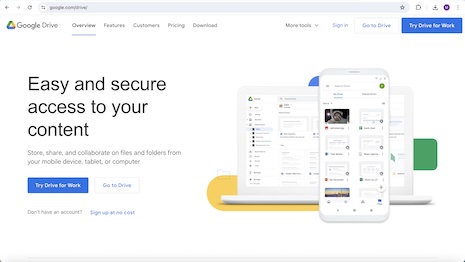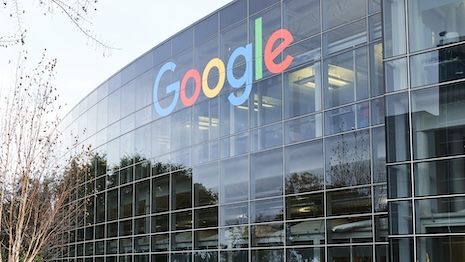- No categories
- About
- Subscribe Now
- New York,

Visa’s annual Global eCommerce Payments & Fraud Report, in partnership with the Merchant Risk Council, listed returns fraud as the leading form of online abuse for the first time.

The digital landscape is saturated with in-the-moment messaging, making it difficult for brands to stand out and connect with their target audience.

Recent campaigns that show AI-generated audio campaigns actually increase the need for human creativity.

Per recent research by Deloitte, around 50 percent of those surveyed in India want to spend more on experiences than on physical possessions.

Marketing budgets are only 7.7 percent of company revenue in 2024, down from an average of 11 percent in the preceding four years.

Many B2B ads end up looking more like a reformatted version of a sheet from a conference than a memorable concept.

It is increasingly clear that the future of marketing is intrinsically linked with AI.

Partnership and affiliate programs have emerged as powerful tools, promising heightened visibility, expanded reach and enhanced brand engagement.

When it comes to jewelry, Gen Z is instigating new trends, forcing high-end and luxury jewelry retailers to sit up and take notice.

Rather than me writing these by myself, I decided to co-author the top counterintuitive trends in AI with ChatGPT.

If digital asset organization and findability are in disarray, trouble tends to snowball quickly.

It is important to determine what marketing campaigns and platforms convert the most customers and generate the most revenue.

The shift from generic placements to contextually relevant ad pods is not just a technological upgrade.

Not every shopper’s behavior matters equally when it comes to evaluating who the high-value and low-value customers will be over time.

As marketers, our reflex is to get returners to purchase something else ASAP. That is not always going to drive the most lifetime value or retain the customer.

For advertisers, the question of putting in the best possible prompts that will lead to more performant content will be absolutely critical.

With Chrome finally closing the book on cookies, retailers must find effective alternatives to compete.

The latest figures from Adobe Analytics show that from November to December 2023, U.S. consumers spent more than $222 billion while shopping online.

The impact of the brand message is larger, more important by association in non-mobile environments.

The online retail landscape is not without its challenges, and the Federal Trade Commission has recently spotlighted one such case involving Hey Dude Inc., an online shoe retailer.

One could argue the CMO has to be the most well-rounded member of the C-suite, able to hold court with technical people as well as with non-technical people, across all areas of the business as well as the industry as a whole.